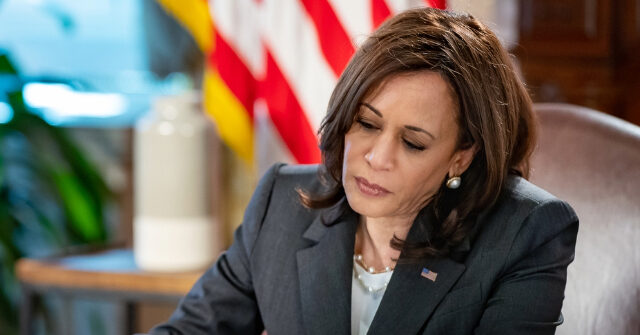In the final stretch of Kamala Harris’s campaign for the presidency, her team opted for a strategic reduction in her campaign activities, prioritizing media appearances over traditional in-person events in swing states. This decision is noteworthy, particularly as candidates typically ramp up local engagements during this critical phase. Harris’s schedule included a significant interview with NBC’s Hallie Jackson, known for her critical stance on former President Donald Trump. Following this, Harris is set to participate in a town hall with CNN, a network Trump derides as “fake news”—a move that raises eyebrows given the usual campaigning approach in the weeks leading up to the election.
Jason Miller, a senior advisor to the Trump campaign, voiced his surprise over Harris’s media-focused strategy, noting the unconventionality of taking two full days off the campaign trail to prepare for an interview and town hall. This critique acknowledges the high stakes of the election and suggests a perceived panic among Harris’s team as the race enters its final days. Meanwhile, the Trump campaign has been intensely active in key battleground states, illustrating a stark contrast in campaigning strategies. They organized events ranging from rallies to informal engagements, such as Trump working at a McDonald’s drive-thru and attending a Pittsburgh Steelers game, indicating a hands-on approach to connect with voters directly.
In Pennsylvania, a critical swing state, Trump’s campaign efforts have ramped up, reflecting the importance of engaging voters directly ahead of Election Day. The schedule includes multiple engagements designed to solidify his support base. Trump’s ability to draw crowds, as evidenced by his rally in Latrobe and diverse activities in the state, reinforces his strategy of personal outreach. The emphasis on local events suggests that the Trump campaign believes in the power of direct voter interaction as a way to influence turnout and rally support at the polls.
As part of a broader campaign strategy, Trump’s schedule also includes a planned event in Greensboro, North Carolina. The significance of this event is underscored by the ongoing early voting in the state, which continues through November 2. This timing indicates a strong understanding of the electoral calendar and the importance of mobilizing voters as soon as possible. Additionally, planned appearances, including a virtual town hall with notable figures like Robert F. Kennedy Jr. and Tulsi Gabbard, reflect an intent to broaden the campaign’s appeal while engaging with diverse audiences.
The contrast in Hers’s and Trump’s campaign techniques signals differing philosophies on how to secure votes in a highly contentious election. While Harris is focusing on media engagement—potentially seeking to shape her narrative and connect with undecided voters—Trump’s hands-on, grassroots approach appears designed to energize his base. These contrasting methodologies highlight the nuanced tactics candidates employ as they navigate the complex landscape of presidential campaigning, particularly in the lead-up to an election.
As the election draws nearer, these strategies from both camps underscore the high stakes involved. Harris’s media-focused approach might resonate with some voters who prefer polished, well-articulated messages, while Trump’s direct engagements may appeal to those seeking authenticity and connection with their candidate. With early voting underway and Election Day imminent, the effectiveness of these contrasting strategies will ultimately play a significant role in determining the outcome of the presidential race.

